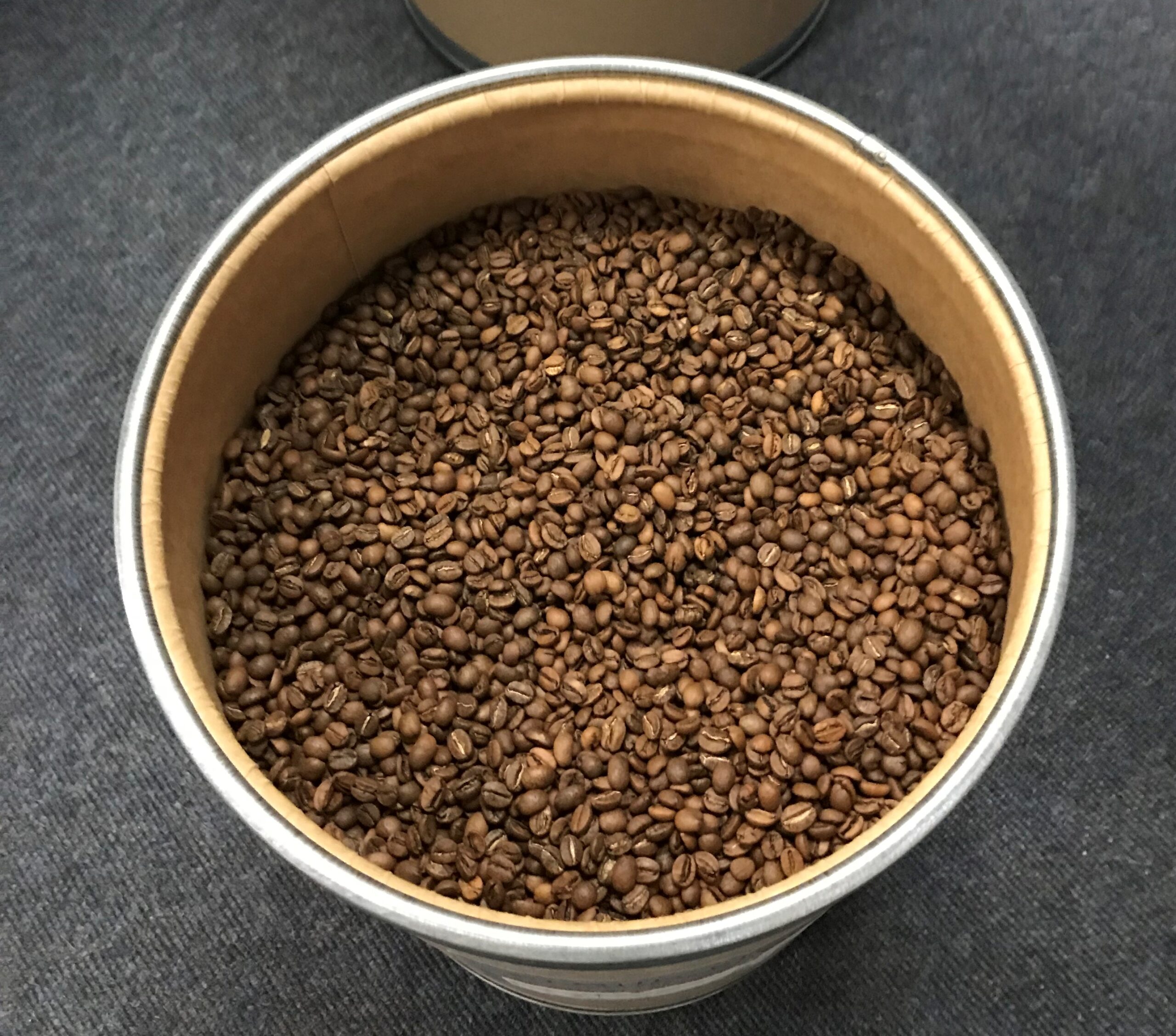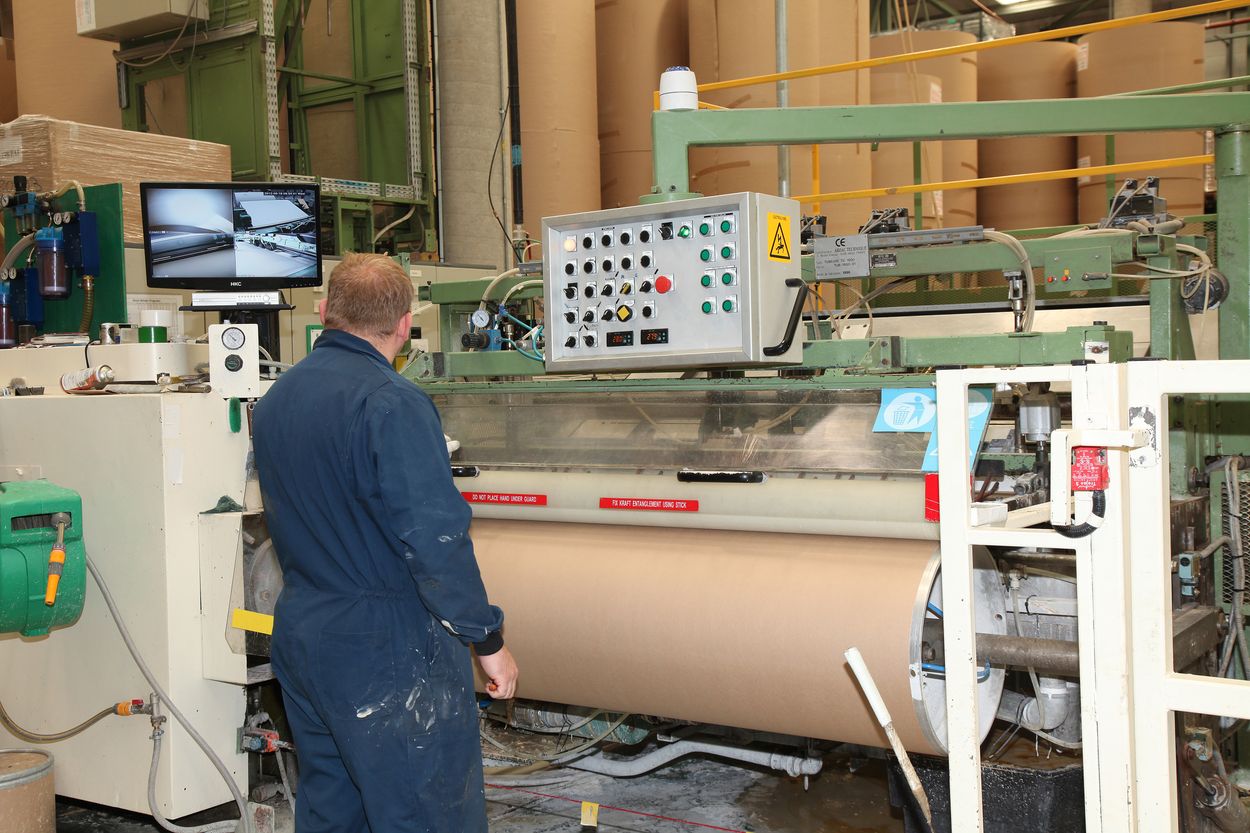There is a growing awareness throughout the world of the increasing need to favour packaging made from recycled and recyclable materials, with a low carbon and water footprint.

This is being driven by initiatives such as the Global Sustainable Development Goals, set up in 2015 by the United Nations General Assembly. The 17 interlinked global goals were designed to be a “blueprint to achieve a better and more sustainable future for all” and are intended to be achieved by 2030. Today, in mid-2022, we are exactly half-way to this deadline and, as a result, momentum for change is building at a faster pace.
Both environmentally aware consumers and investors are putting the pressure on companies to make visible efforts to contribute to global sustainability efforts. And what is more visible than packaging, the stuff that protects and showcases every product, the very first thing you see when you purchase or take delivery of a product?
Food Logistics recently quoted a detailed market study undertaken in the US on this subject. It forecast the global market for fibre drums to surpass $1.5 billion (1.46 billion euro) mark by 2030. The Food Logistics article states that fibre drums are “a near-perfect alternative to using plastic and other non-recyclable materials for production of rigid containers.”
Find out the 6 real and quantifiable sustainability benefits of fibre drums over plastic and steel drums in this article or on the SEFFI website (SEFFI is the European Association of Fibre Drum Manufacturers).

In addition to the green credentials of fibre drums, the Food Logistics articles cites the safety, security, convenience for shipping and storage and ease of handling of these containers as key advantages.
The article states that global trade of industrial products has increased three-fold during the past decade and that this increase is expected to continue, further pushing demand for containers that are safe, sustainable and suitable for shipping and storage.

While our own main customer base for these drums has been pharmaceutical companies over the last number of decades, the study referenced in this article foresees the “food and agro allied industry” becoming the major user by 2030. We can certainly provide evidence of the versatility and suitability of these drums for many different product types, based on our long experience. We currently offer 10 different types of fibre drums, customised to best protect different product types in shipping and storage, and we can also design custom drums to cater for other needs.
Read a case study of our fibre drums being used for packaging coffee beans.

Factors that may affect the above predictions, of course, include the raw materials shortages and damaged supply chains which have resulted from covid, Brexit and other factors over the last couple of years.
But it is clear that the future is bright for fibre drums and – as one of the earliest adopters who started manufacturing environmentally sustainable containers in Europe over 70 years ago – we are proud to be leading the way in the promotion of their use.
